It’s hard to believe Bleeding Heartland’s wildflowers series is ten years old. I could not have made it through this year without assistance from guest authors and photographers. Katie Byerly, Lora Conrad, Tommy Hexter and Jacy Highbarger, Elizabeth Marilla, Marla Mertz, Bruce Morrison, Leland Searles, Kenny Slocum, and Patrick Swanson wrote a total of fifteen posts during 2021. They and others (Kim El-Baroudi, Janette Foust, and Mary Riesberg) also contributed photographs to several of my posts.
One of my new year’s resolutions is to visit more state parks or wildlife preserves, and get out to Mike Delaney’s restored Dallas County prairie more regularly. The last couple of years I haven’t gone wildflower hunting as often as I did before the pandemic.
This series will return sometime during April or May of 2022. Please reach out if you have photographs to share, especially of native plants I haven’t featured yet. The full archive of more than 250 posts featuring more than 220 wildflower species is available here.
For those looking for wildflower pictures year round, or seeking help with plant ID, I recommend the Facebook groups Flora of Iowa or Iowa wildflower enthusiasts.
May 5: Cutleaf toothwort
I took many of the pictures published here near my Windsor Heights home. Mary Riesberg photographed this toothwort plant in Hancock County, Illinois, just across the Mississippi River from Lee County.
May 12: Horsetails and scouring rushes
Leland Searles wrote this post about “rather odd plants on the Midwestern landscape,” which “look like nothing else.” He focused on Common Horsetail and Common Scouring Rush; both “prefer damp to moist soil, and they are found in low roadside ditches, upland waterways, wetland margins, and other damp locations.”
By the way, Leland produces a beautiful and informative Iowa phenology calendar every year, featuring many of his nature photographs.
This is a close view of common horsetail.
May 19: Wild ginger
These wildflowers are difficult to photograph, because flowers appear under the leaves, very close to the ground. Lora Conrad made it look easy in this piece, which includes clear images of the plant at all stages of development. Here’s one view of the inside of a blossom.
May 26: Ground ivy (creeping Charlie)
Although I usually profile native plants, I occasionally cover non-natives that are prevalent in Iowa. Creeping Charlie is the bane of many homeowners who covet a “perfect” grassy lawn. But I think they are pretty. And they were easy to find near my home.
June 2: Wild grape (riverbank grape)
I failed to visit any parks or prairies in the spring, but I was able to find enough material for this piece near the banks of North Walnut Creek in Windsor Heights. Wild grape vines have male and female flowers. This photo shows the male flowers.
June 9: Green dragon
I’ve wanted to feature this plant for years, but it’s much less common than the related Jack-in-the-pulpit. I’ve never known where to find green dragon nearby. Marion County Naturalist Marla Mertz came to the rescue. I learned a lot from her post and loved her photographs of these striking flowers.
June 16: Honewort (Canadian honewort)
Many plants with tiny white flowers thrive in the wooded areas near North Walnut Creek. Every year I’ve tried to feature at least one or two of these species, even though my photography skills aren’t always up to the task. In fairness to me, honewort flowers are less than one-eighth inch across.
June 23: Finding a path for people and wildlife in the Loess Hills
Instead of focusing on one plant, Patrick Swanson shared stories and images from an organized multi-day hike through the Loess Hills. “During our hikes, we traversed some excellent native Loess Hills prairies. Yucca, green milkweed, and prairie larkspur were just some of the many blooming wildflowers that were on display.”
This picture shows yucca blooming in the Turin Wildlife Management Area (Monona County).
June 30: Bugs on native plants
It was hard to pick just one picture from Elizabeth Marilla’s amazing compilation of more than a dozen images. Here’s a bumble bee on Virginia waterleaf at Whiterock Conservancy. Elizabeth said the bee toes (tarsal claws) were “the highlight of this photo” for her.
July 7: What is that plant, flower, or fruit?
I’d never published book reviews as part of the wildflower series, so I was excited when Lora Conrad offered to review resources for plant identification in Iowa. Whether you are hoping to learn about prairies, woodlands, wetlands, backyard weeds, shrubs and vines, or berries and fruits, you will find helpful information in her post.
July 14: American lopseed
I took most of the pictures for this post just a few feet from my front porch. Oddly, these plants showed up there for the first time this year. Possibly birds dropped the seeds that took root.
Bleeding Heartland user PrairieFan explained, “American lopseed is an oak savanna plant. It’s one of the many flowers, sedges, and grasses that really like or are dependent on the mostly-closed-to-mostly-open oak woodlands that used to be so common in the Midwest, especially in Iowa and Illinois.” On the other hand, this species “has a wider range of woodlands where it can grow” compared to wildflowers that are more restricted to oak savannas. That makes sense, since there are woods near my home, but very few oak trees.
July 21: American or Canada germander (wood sage)
The banks of North Walnut Creek provided my source material for this post. According to John Pearson of the Iowa Department of Natural Resources, Teucrium canadense is the only germander species that is native to Iowa. Eight other species of germander are native to North America, and gardeners may grow some of them successfully in our state.
July 28: Common mullein
Katie Byerly profiled this plant, which was introduced from Europe during the 19th century but has become widespread across the country. This species may have more common names than any other wildflower featured at Bleeding Heartland: Common Mullein, Great Mullein, Woolly Mullein, Cowboy Toiletpaper, Quaker’s Rouge, Torch Flower, Flannel Plant, Tinder Plant, and Aaron’s Rod.
Common mullein plants can be very tall. Katie included many lovely close views of the blossoms.
August 4: Showy tick trefoil
This plant thwarted me for years, but I finally got out to Mike Delaney’s prairie while they were blooming. Marla Mertz and Bruce Morrison also contributed photographs to this post. Here’s one of Bruce’s, taken on his pasture in O’Brien County.
August 11: Speaking for the prairie
Grinnell College students Tommy Hexter and Jacy Highbarger co-authored this post, about a student-led initiative “to create a 5,200 square foot prairie in the most prominent location on campus, Mac Field.” This image shows Ox-eye, also known as false sunflower.
August 18: Bloody Run blooms again
First-time Bleeding Heartland author Kenny Slocum wrote this inspiring piece about an oak savanna restoration project at Bloody Run County Park. The work Kenny showcased here began long before he became the naturalist and natural resource manager for the Clayton County Conservation Board in 2015.
Starting in the early 2000s, Executive Director Tim Engelhart (now retired) noticed the telltale signs of a masked oak savanna on a rocky knob overlooking the creek – massive, wide-crowned oak trees towering over dense stands of poletimber-sized shade tolerant tree species like ironwood and maple.
Recognizing the ancient “wolf oaks,” Tim used the site not only for restoration but also for stress relief. Lugging a chainsaw up the rocky bluff and laying waste to the undesirable tree species lets the sunlight in, through the canopy and onto the falling acorns and suppressed wildflowers. The stress clouding the mind of whoever is doing the work dissipates.
Following years of hard work and some controlled burns, many native plants reappeared in this oak savanna, without any seeding. Here’s hoary puccoon, which is fairly rare.
August 25: Horse nettle (Carolina horsenettle)
Every once in a while, I feature a plant that’s on Iowa’s noxious weed list. Horse nettle is actually a nightshade, not a nettle.
September 1: Starry campion
I added these wildflowers to my “life list” in 2021, thanks to Mike Delaney. But by the time I got to his woodlands, the flowers were past their prime. Lora Conrad and Katie Byerly shared some of their photographs for this post. Here’s one of Katie’s, which shows the blossoms’ distinctive “petals deeply divided into several lobes giving it a frilly appearance.”
September 8: Common evening primrose
Yet again, the banks of North Walnut Creek provided some of the source material for this post. But I also found a thriving colony of these tough-as-nails plants in the parking lot of the former Kmart store in Urbandale. Here’s one of those images:
September 15: Cream gentian
Katie Byerly wrote this post, and I had trouble choosing just one of her photographs. Note the greenish yellow venation on the white petals.
September 22: Siberian Cranesbill
I was excited to find “new” (to me) plants near the banks of North Walnut Creek, and only a little disappointed to learn from Lora Conrad that these were the non-native Siberian Cranesbill. The small pink flowers are quite pretty, though. I was also struck by the five-part fruit capsules, which eventually split apart.
September 29: A late summer walk on the prairie
I returned to Mike Delaney’s restored Dallas County prairie in September and compiled pictures of more than a dozen species for this piece. Here’s a shot of smooth blue aster, I think—this species is hard to distinguish from sky-blue aster.
October 6: Flower of an hour
This non-native member of the mallow family commonly pops up in lawns. Lora Conrad contributed many of the photographs for this post, including this one.
October 13: Jumpseed
I took advantage of plants growing near my front sidewalk. Jumpseed plants have small white or light green flowers, which have four petals.
October 20: American burnweed
Lora Conrad offered to profile this native plant, which thrives on disturbed ground such as “replanted prairies, roadsides, open woods, and renovated wetlands.” American burnweed flowers are not as impressive as the white threads attached to the seed capsules. Here’s a picture of threads bursting out.
October 27: Missouri goldenrod
I struggle to distinguish goldenrod species, so I was grateful to Leland Searles for identifying these plants as Missouri goldenrod. They were still blooming well into October.
November 3: Remembering Neal Smith
I shelved the post I had planned to run after former U.S. Representative Neal Smith passed away in early November at age 101. Instead, I wrote a tribute to Smith and included some photographs I’d taken over the years at the Neal Smith National Wildlife Refuge near Prairie City.
These are gray-headed coneflowers on the left and cup plants on the right.
November 10: An affair with the landscape
Readers raved about Bruce Morrison’s collection of northwest Iowa landscapes he has photographed or painted. One commented that southeast O’Brien County was “my favorite part of the world and Mr. Morrison does it justice.” I’ve never visited this part of Iowa, but it’s on my list now.
My son commented that the notes under the images were helpful, because sometimes it was hard to tell which were photographs, paintings, or drawings. Here’s “Barry Creek Cache,” one of Bruce’s color pencil drawings.
And here’s a photograph by Bruce: “Sunrise from the South Pasture” at Prairie Hill Farm in SE O’Brien County.
November 17: A fungal takeover
“Wildflowers were a gateway to Mycophilia for me,” wrote Elizabeth Marilla in this entertaining and informative post featuring unusual mushrooms. Some of them resemble minerals, such as this Coral Tooth Fungus.
Readers who enjoyed Elizabeth’s piece should check out Eileen Miller’s collection of Iowa mushroom photos, which she allowed me to publish in 2014.
November 24: Fall berries and seeds
Lora Conrad closed out the series with nine photographs of berries or berry-like fruit that can be found on plants in Van Buren County. Here’s coralberry, a member of the Honeysuckle family.

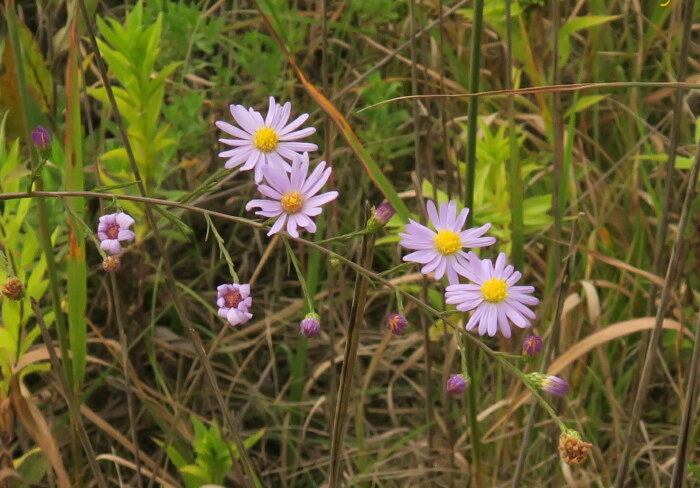
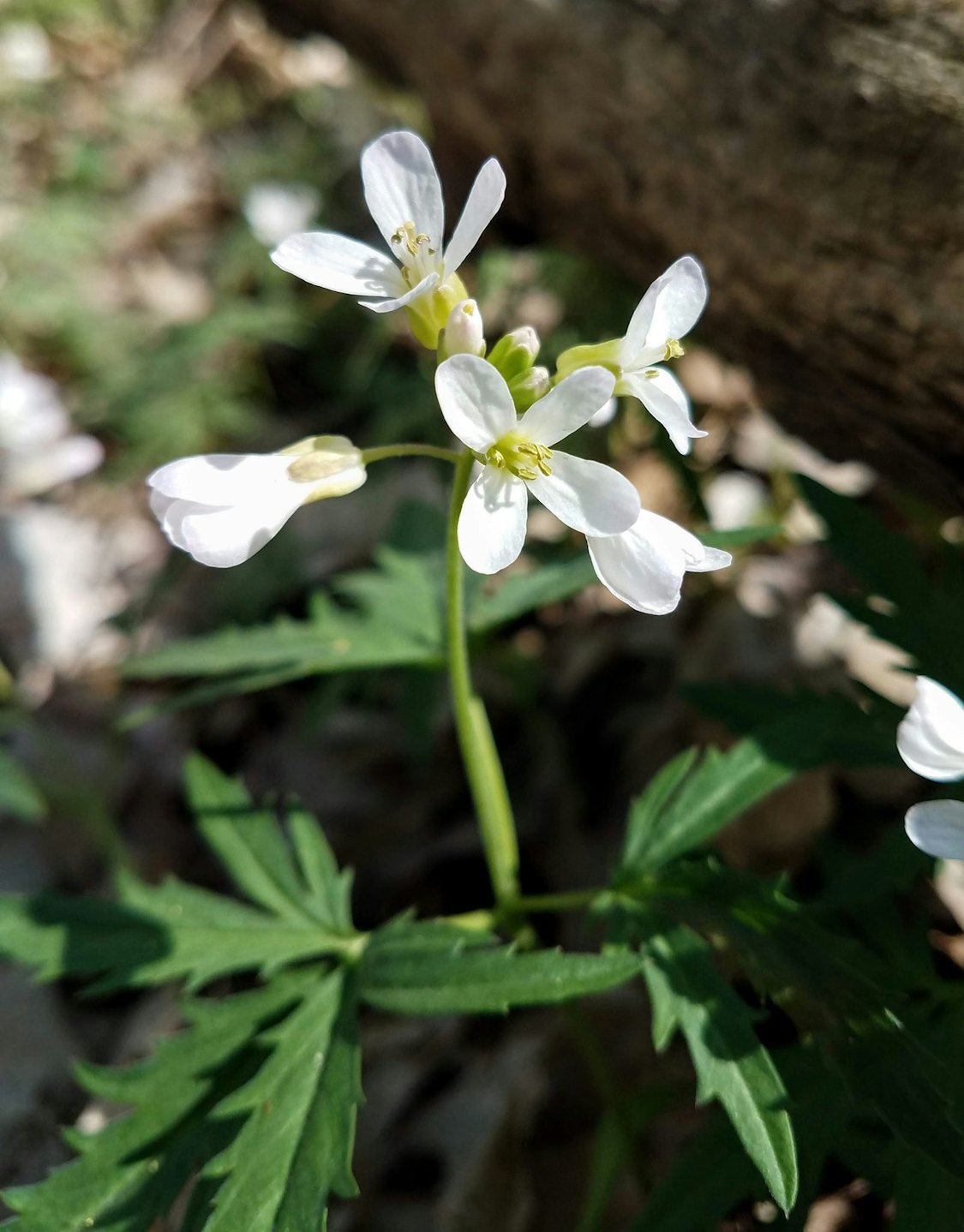
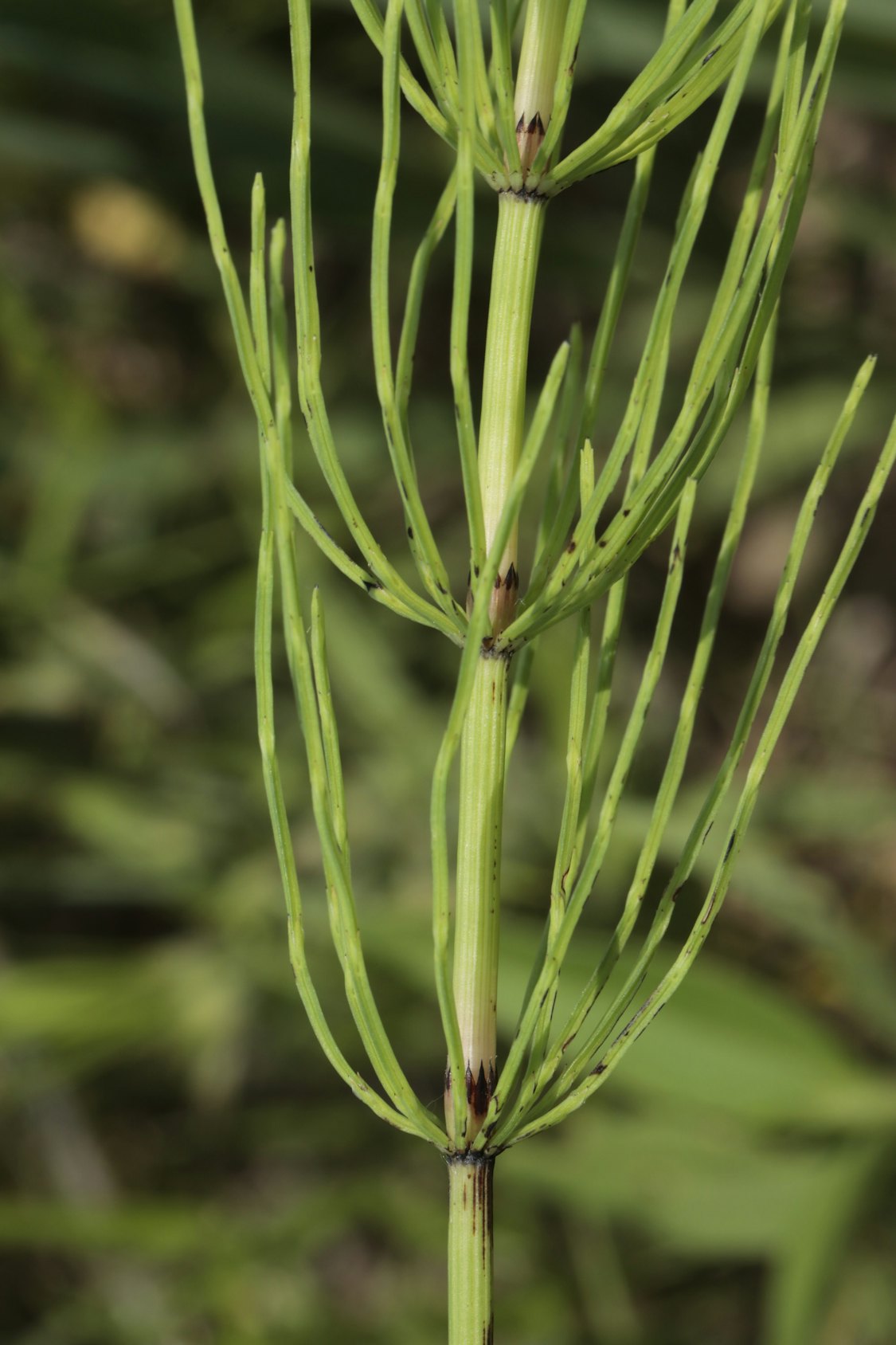
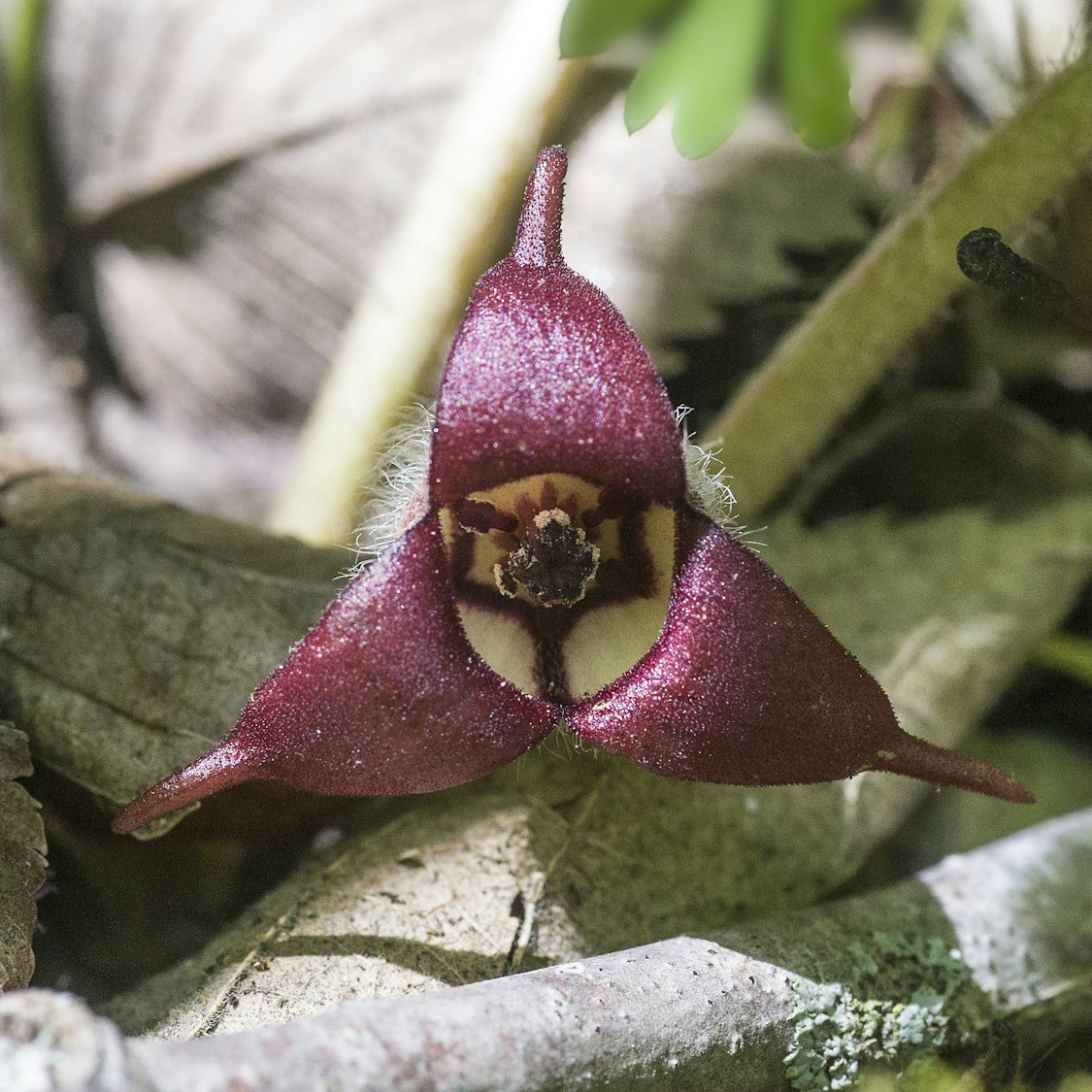
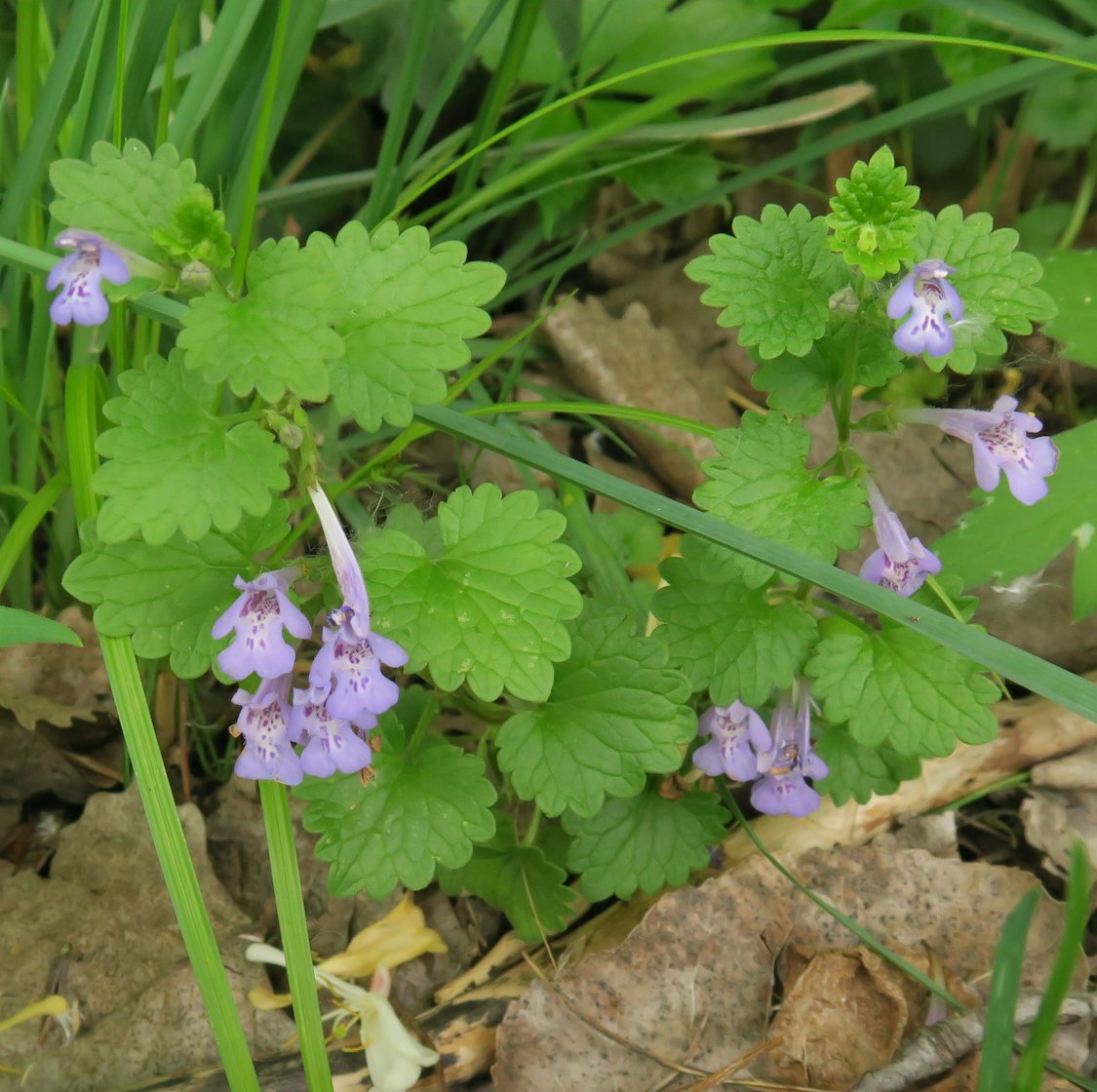
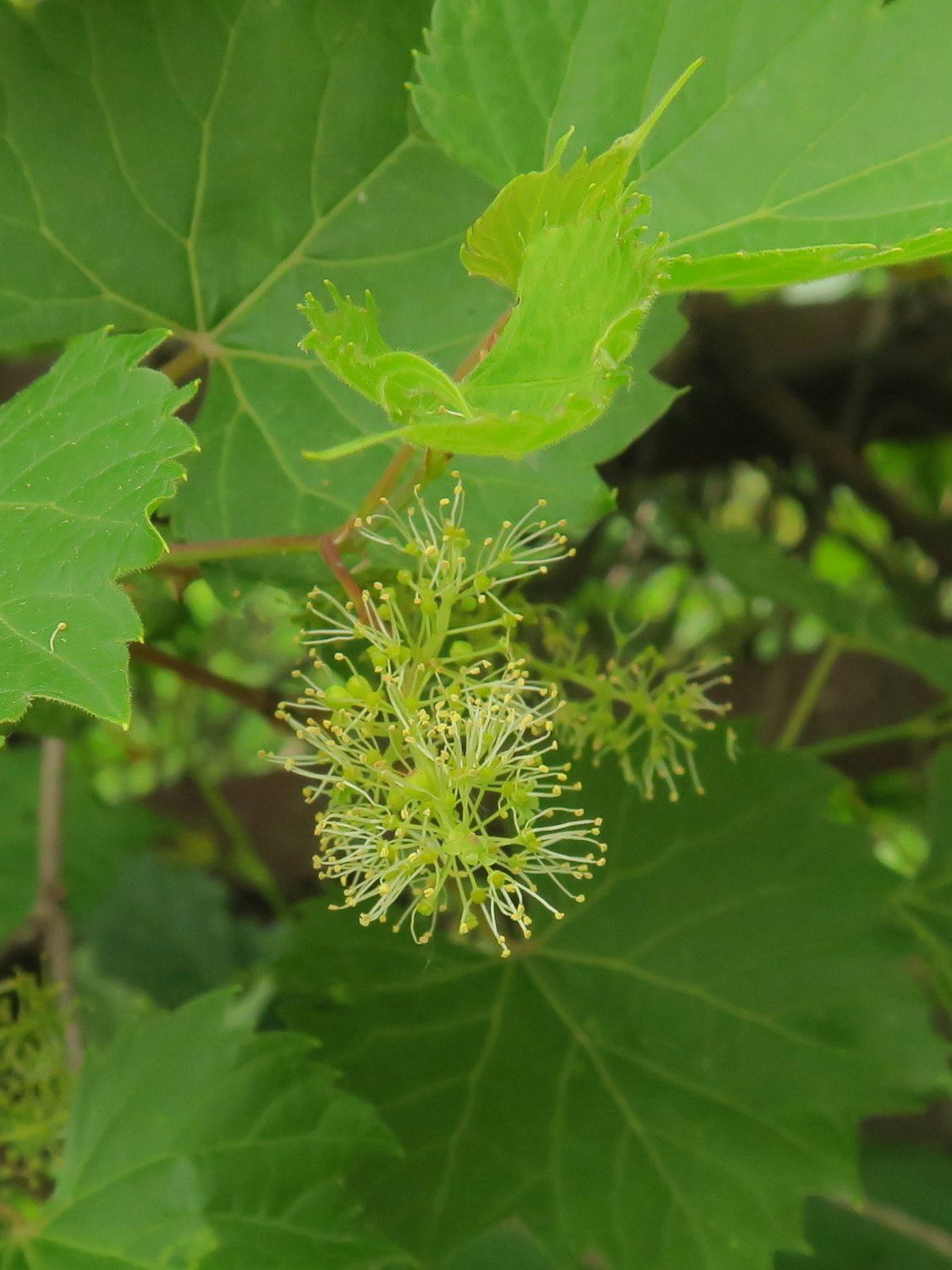
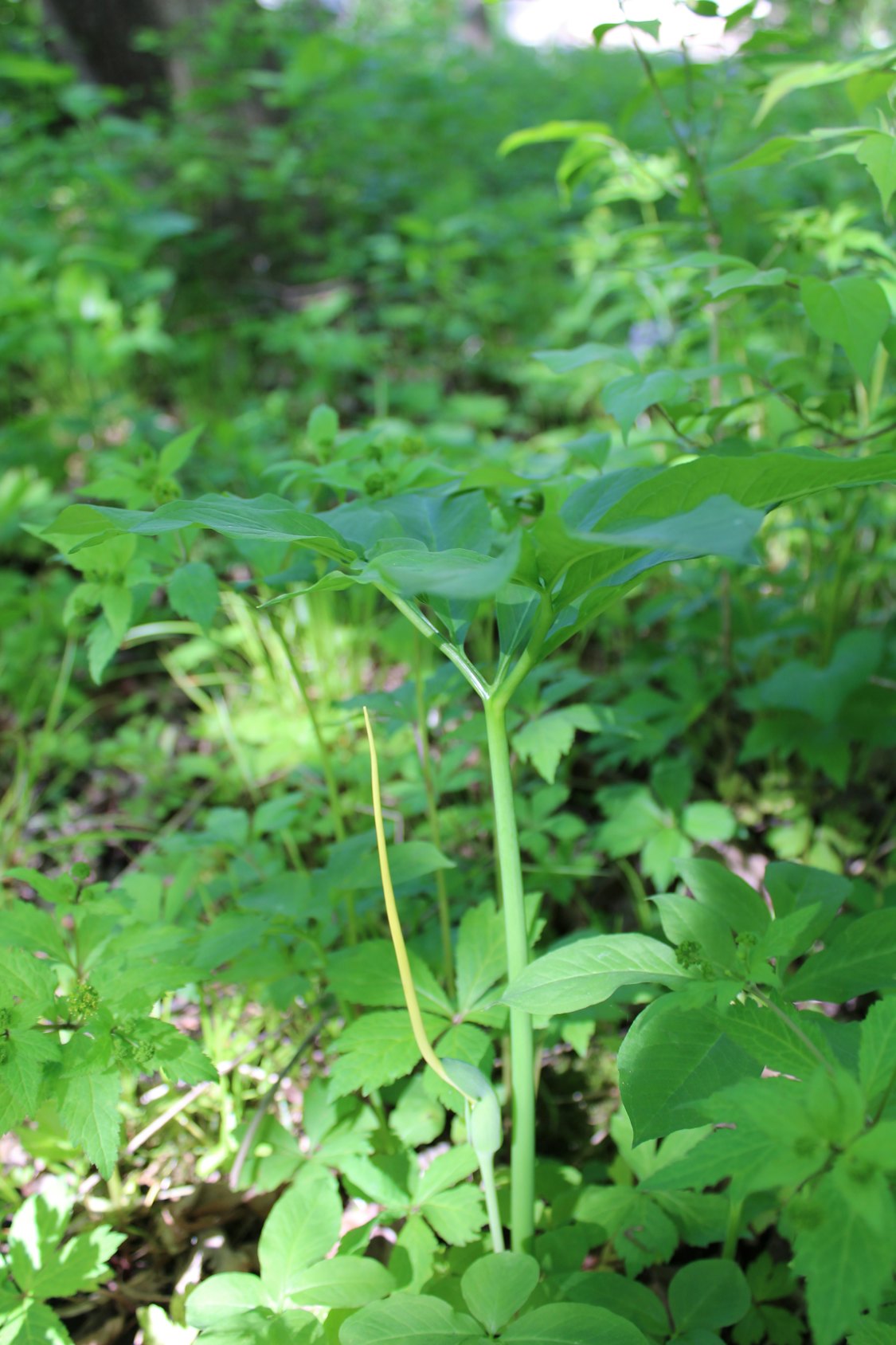
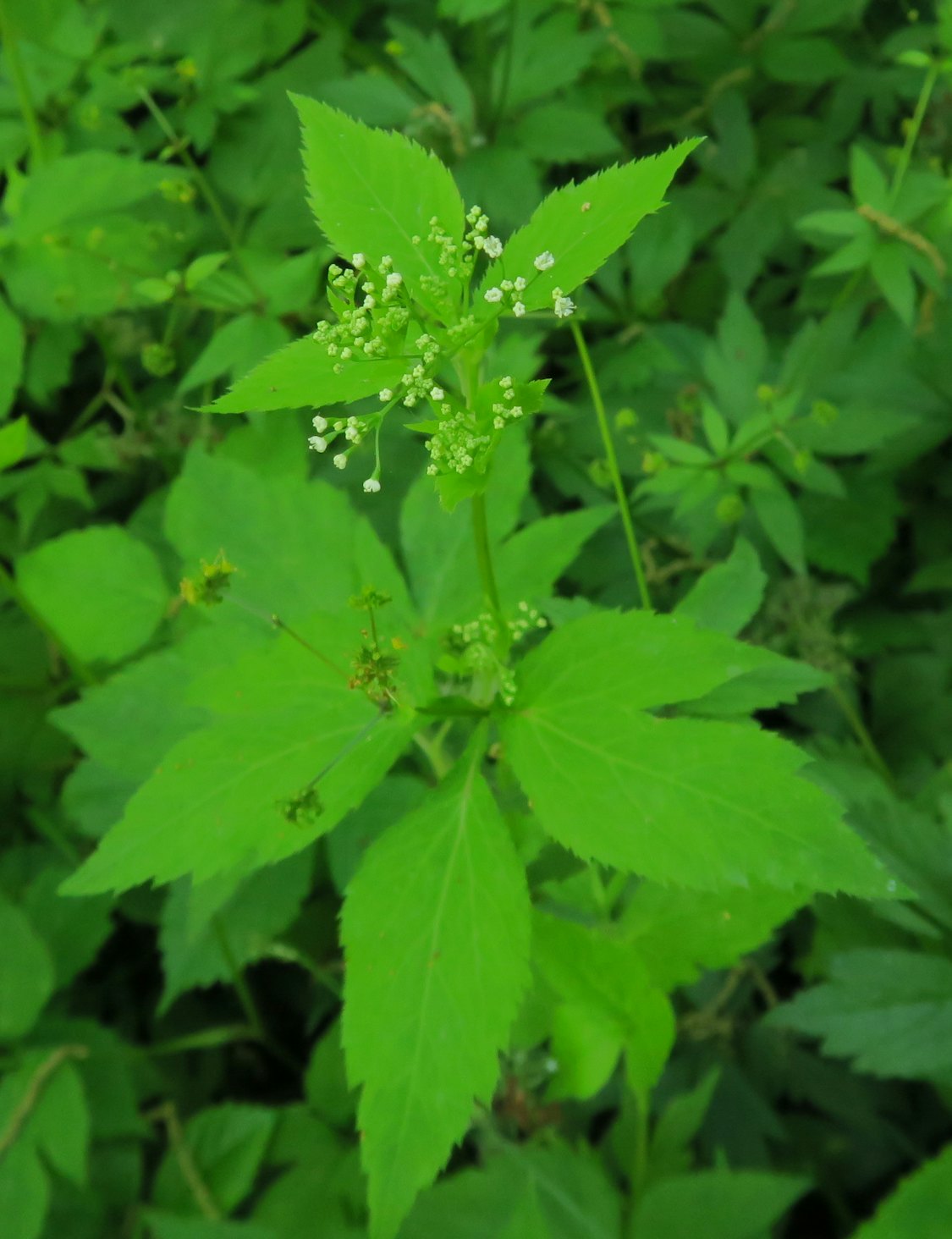
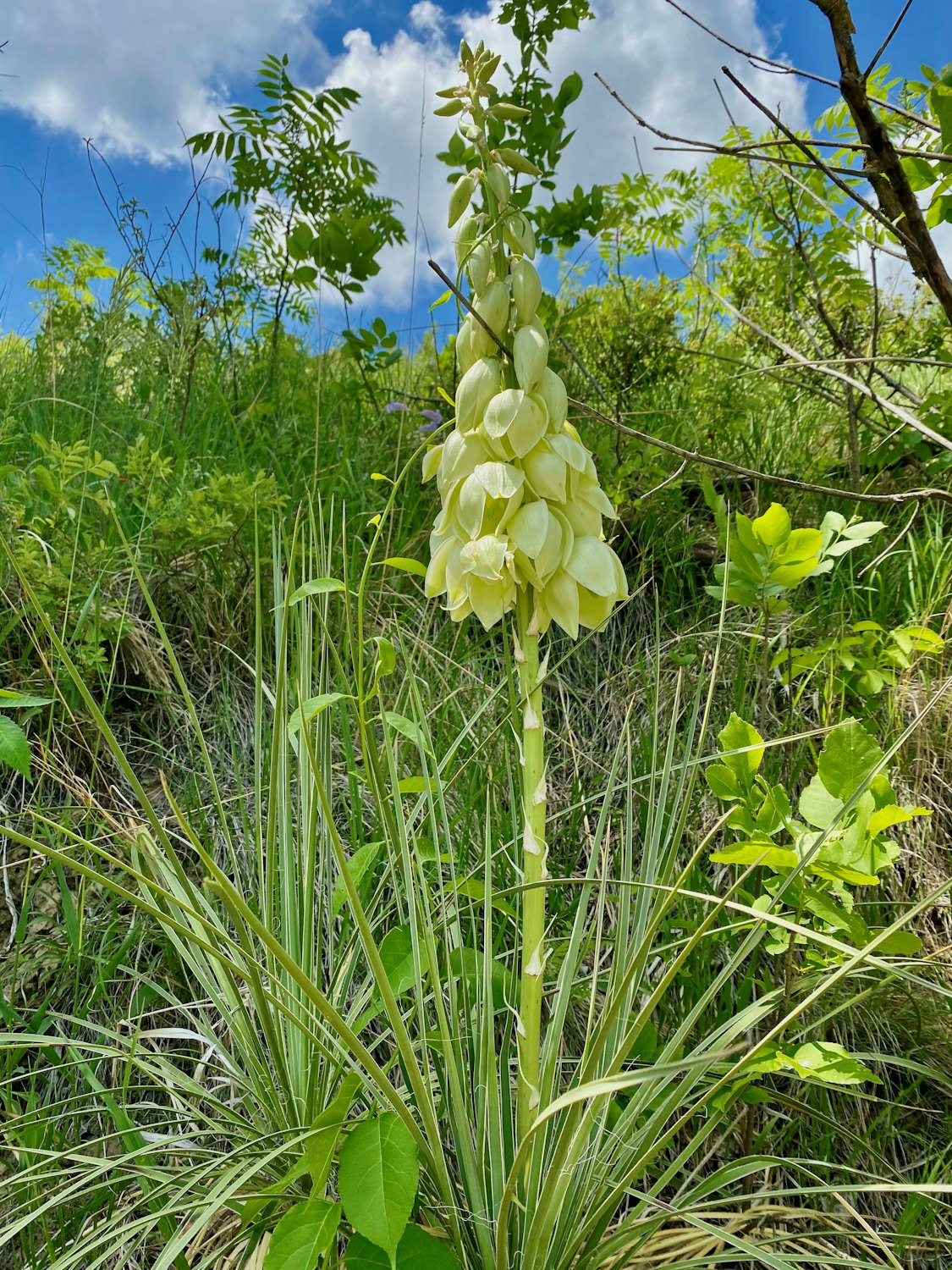
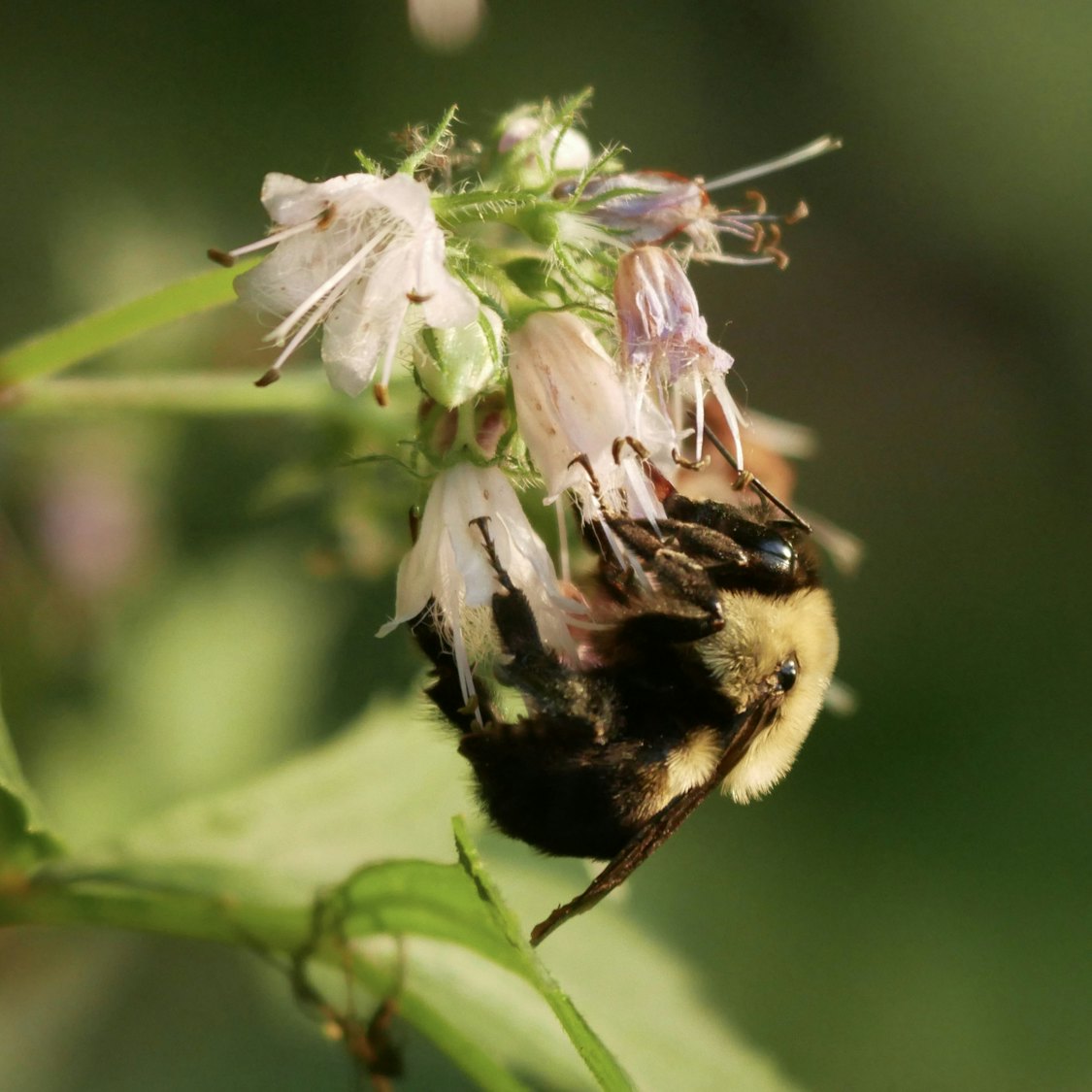
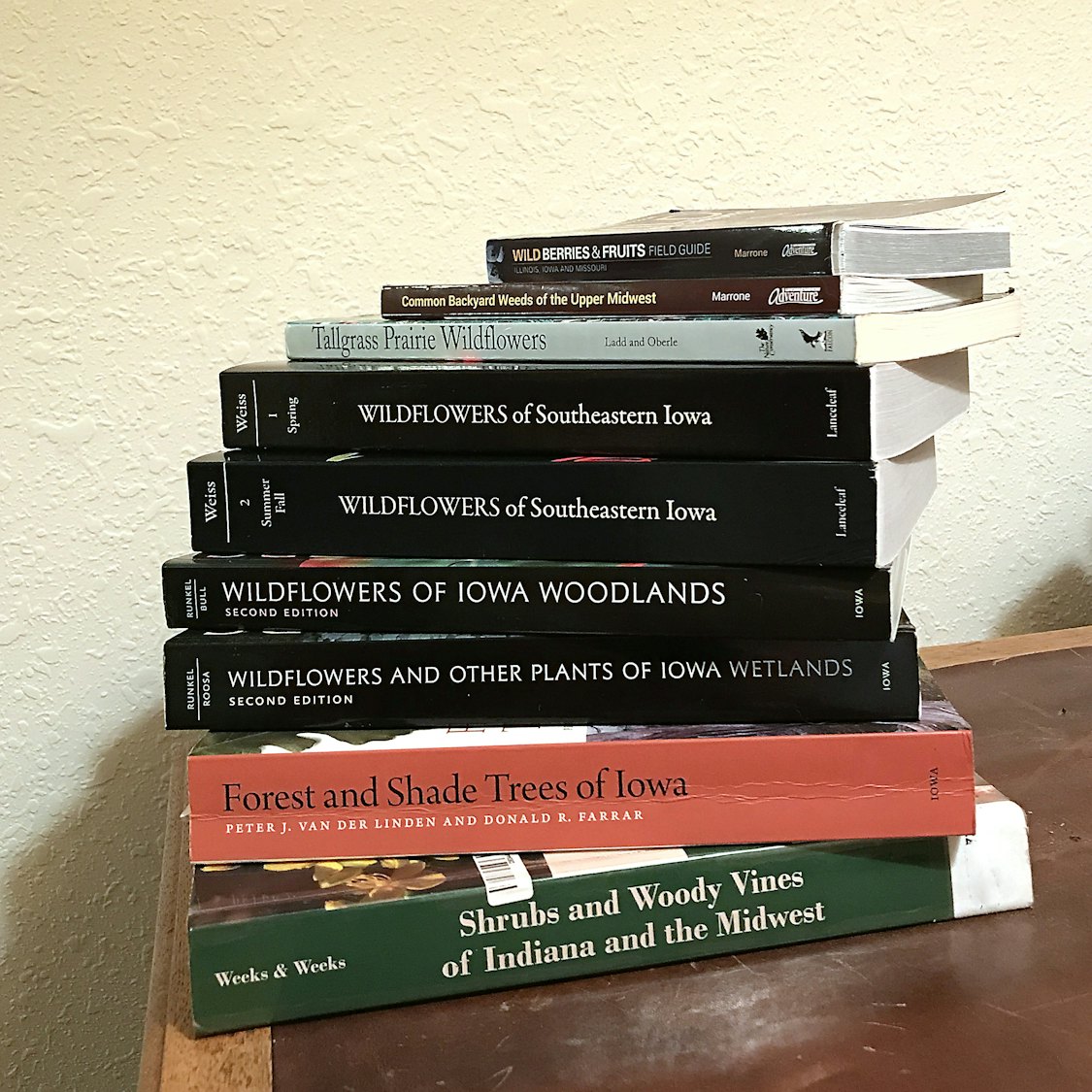

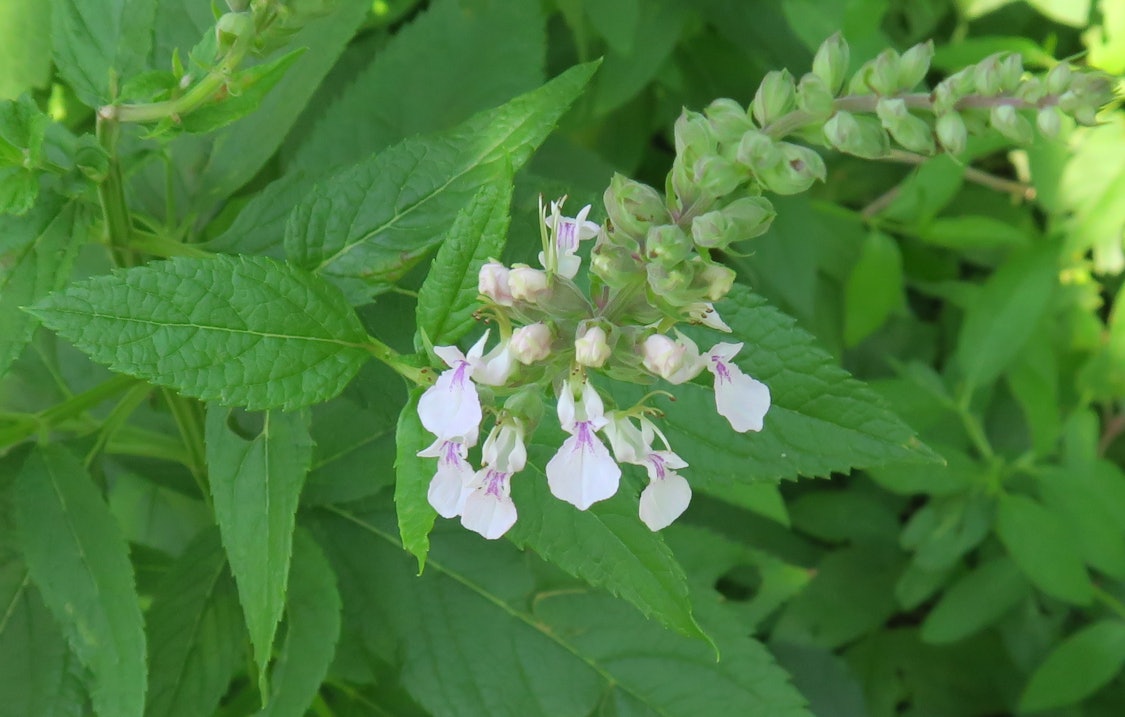
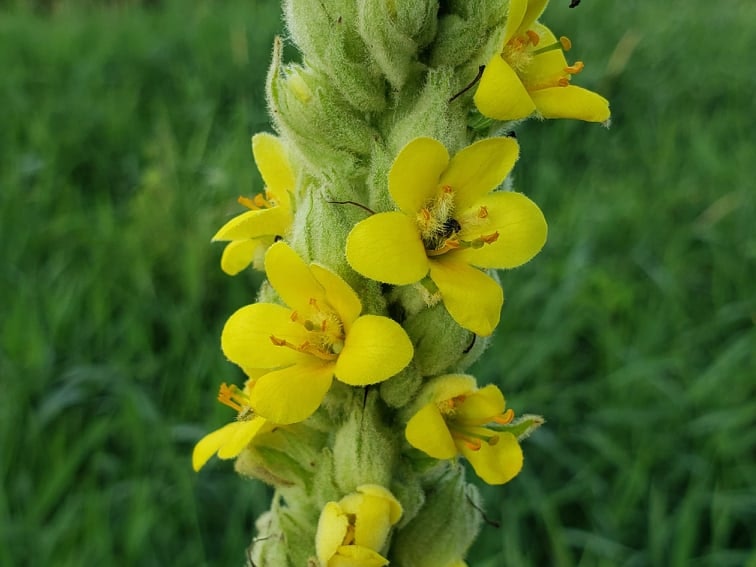
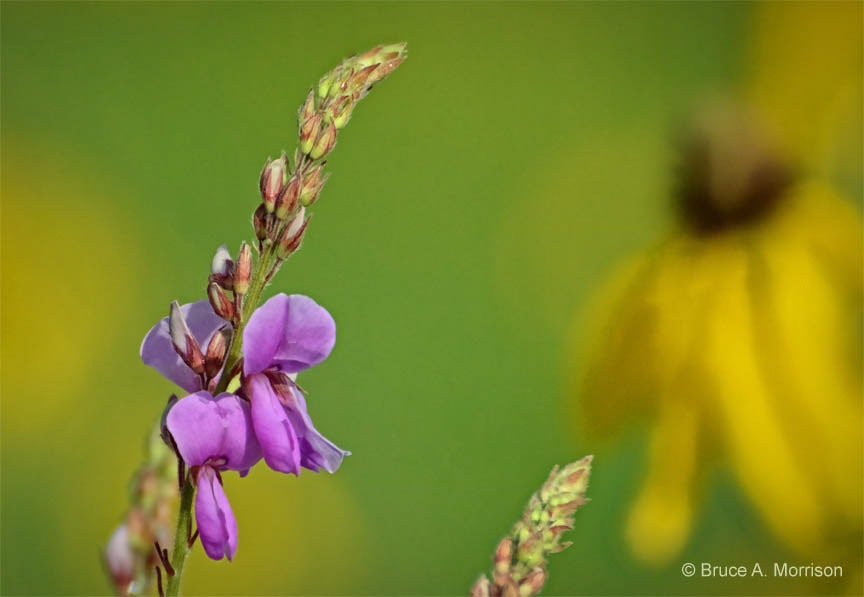

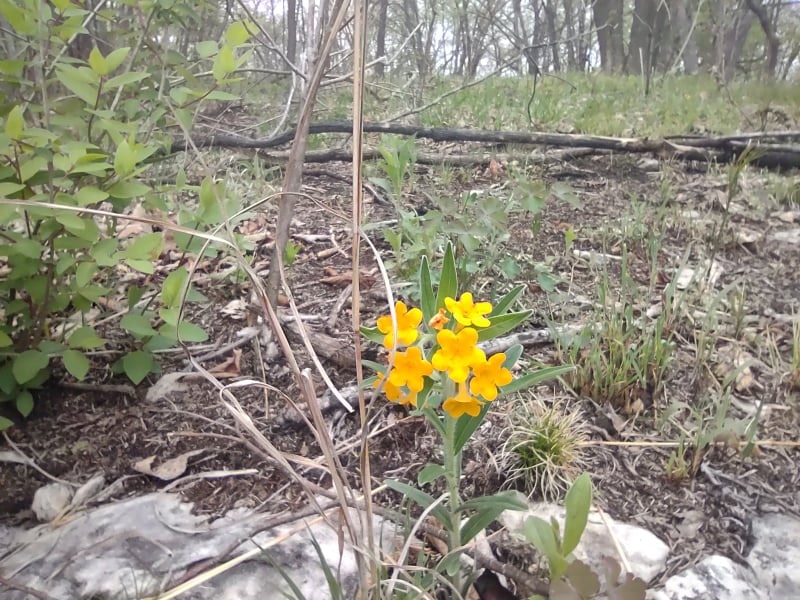
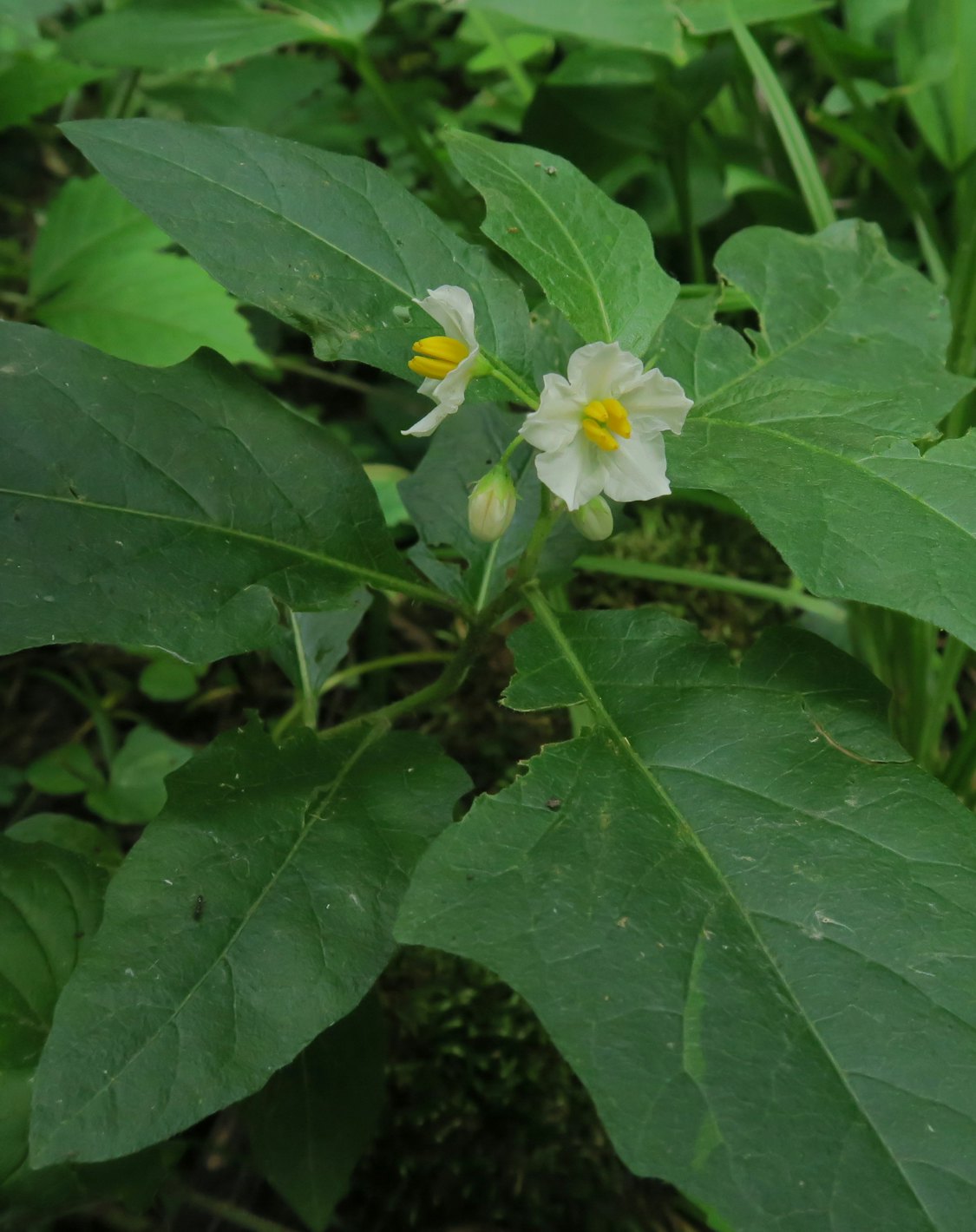
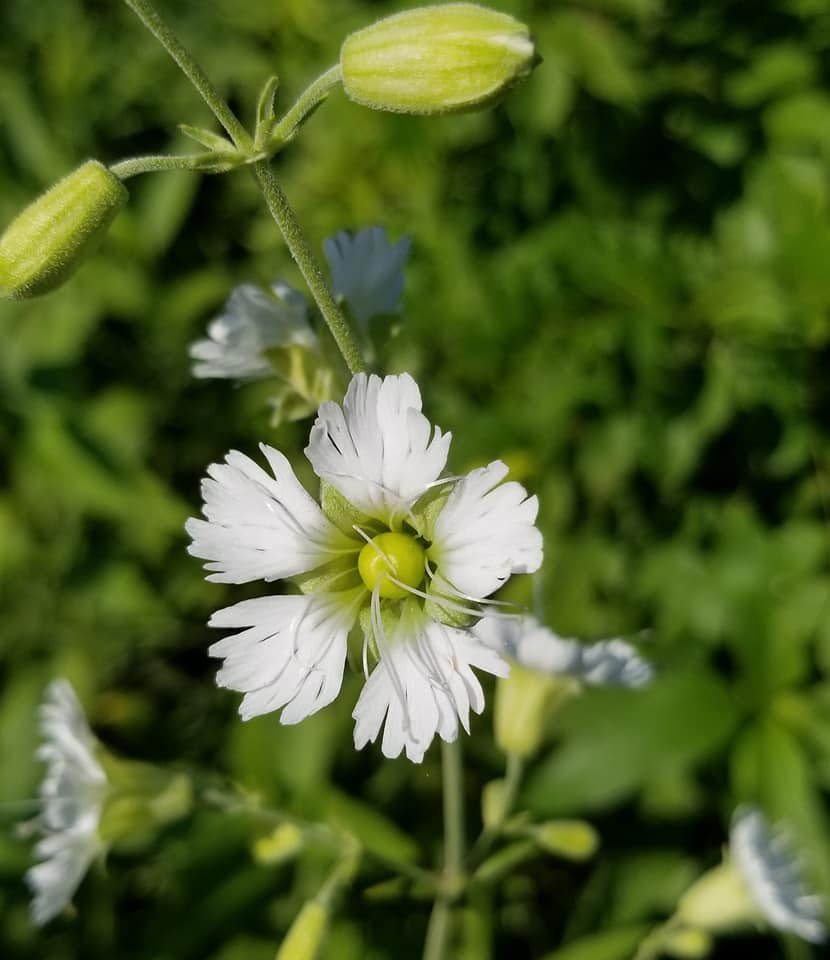
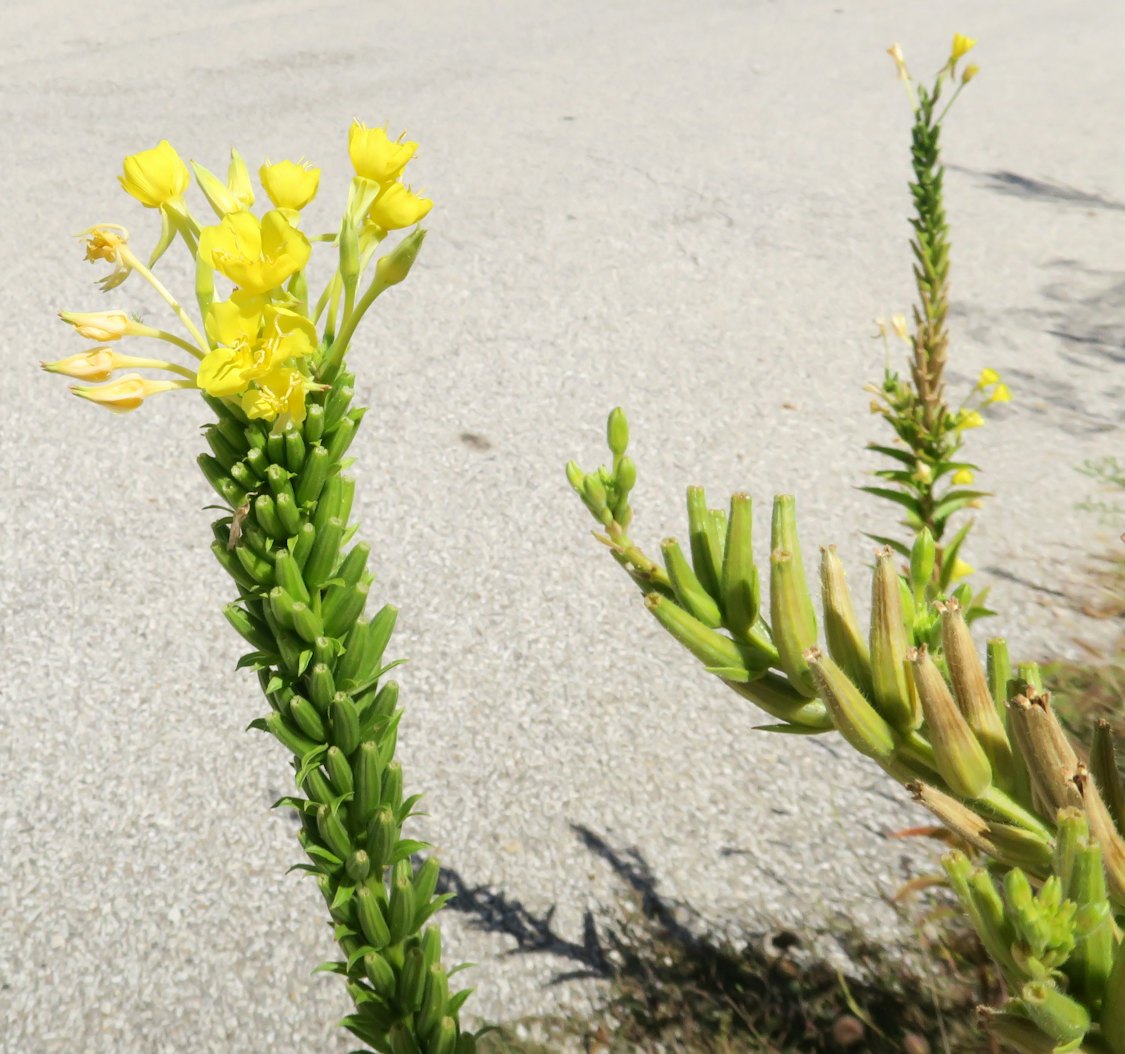
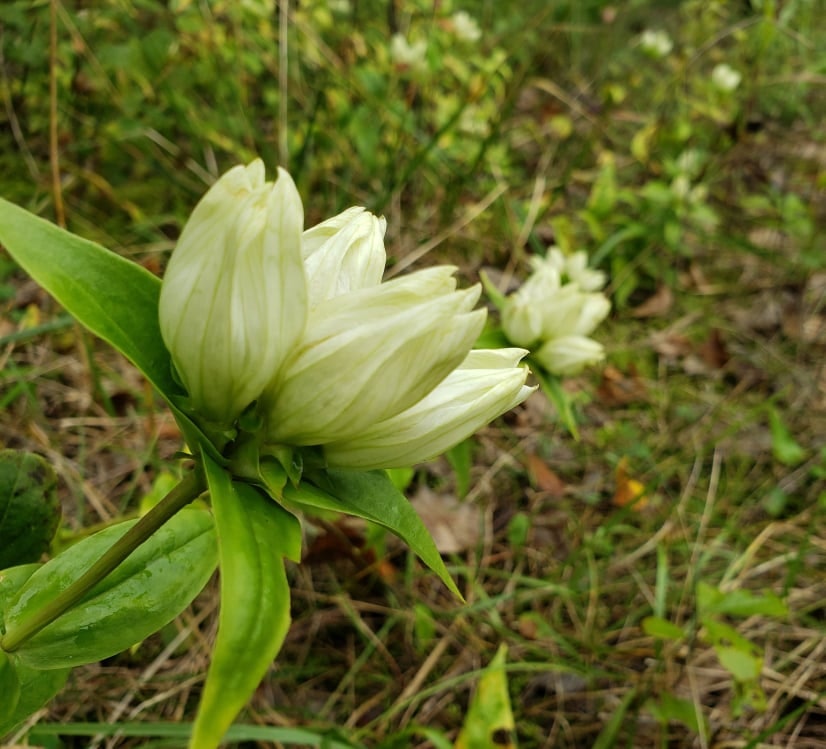
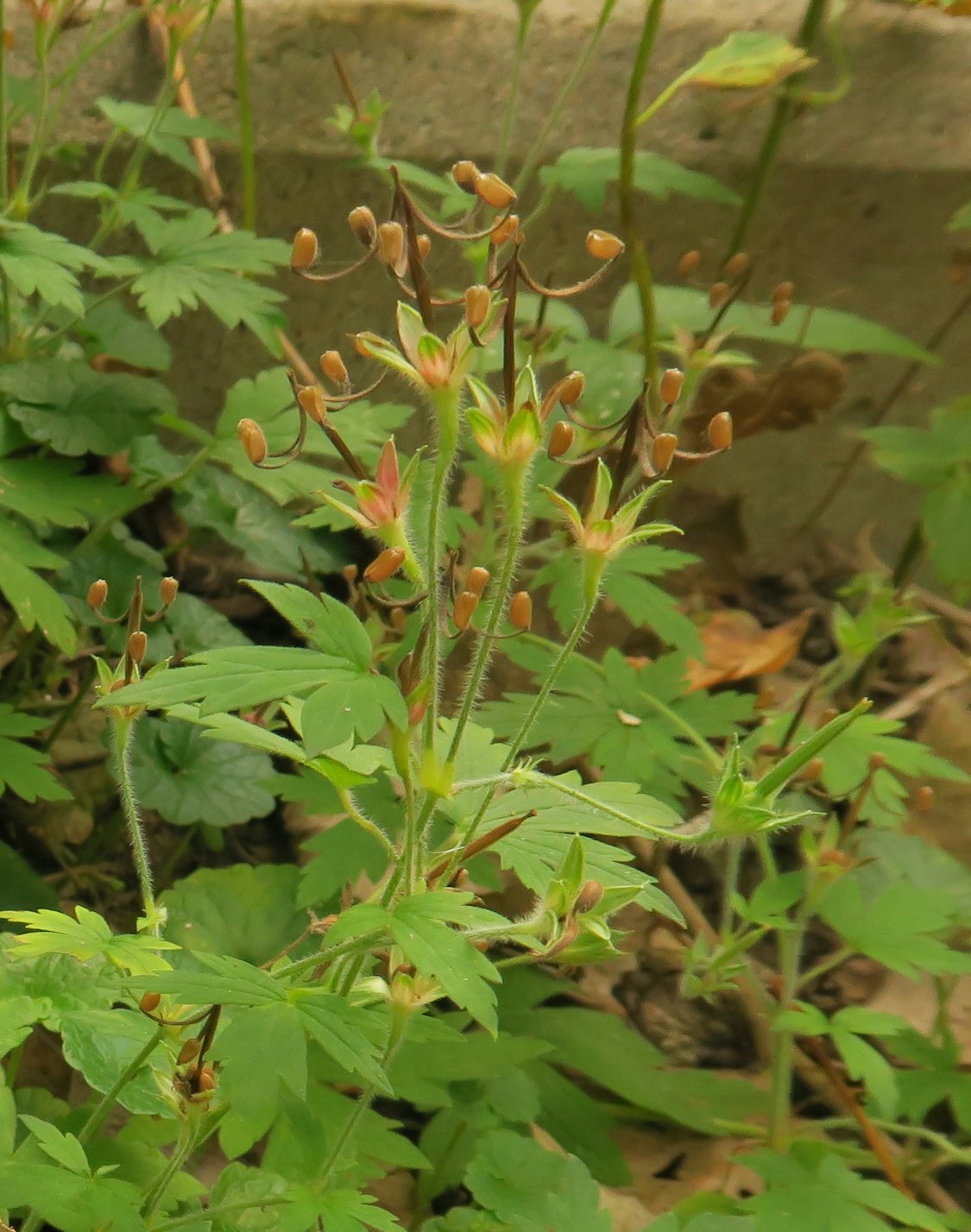

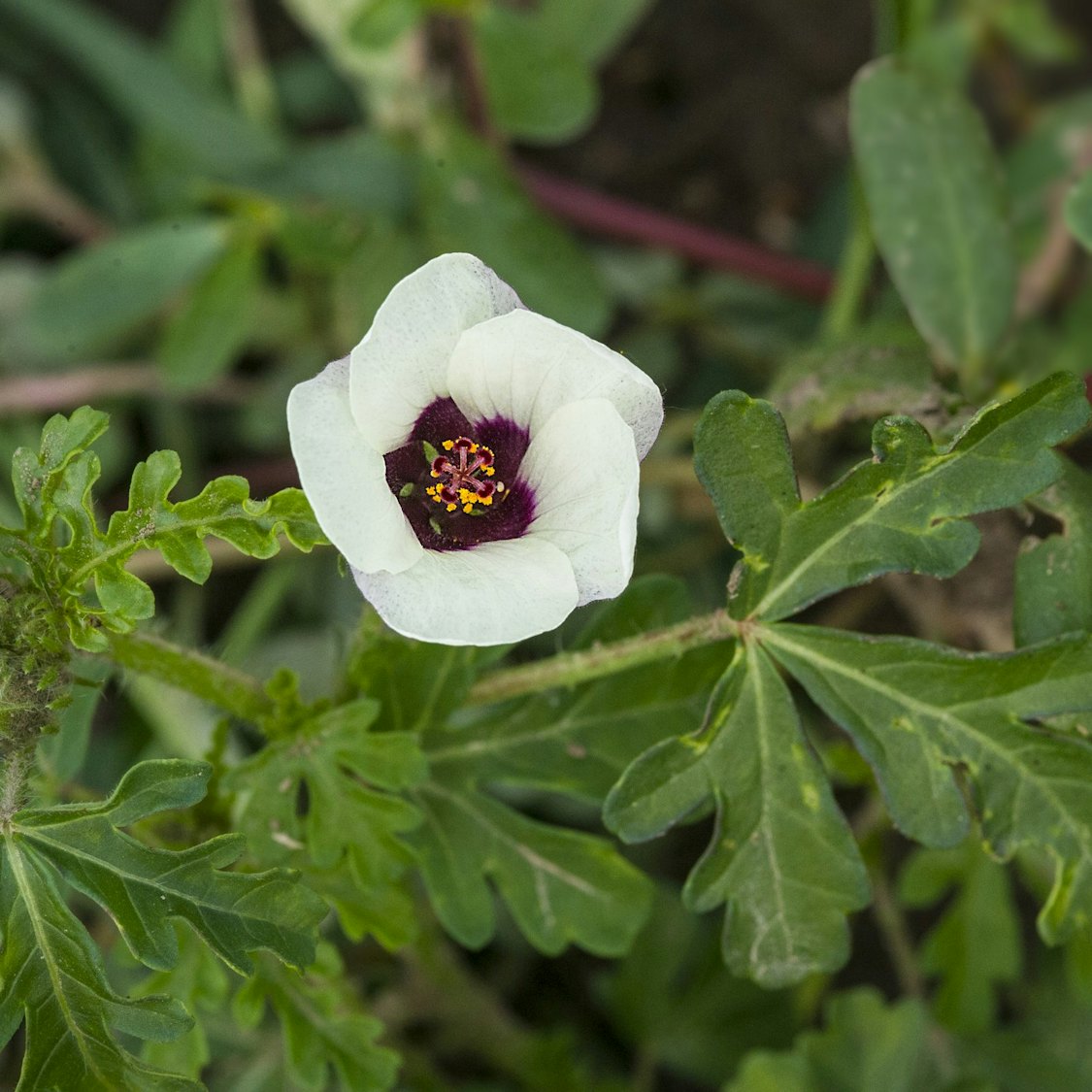
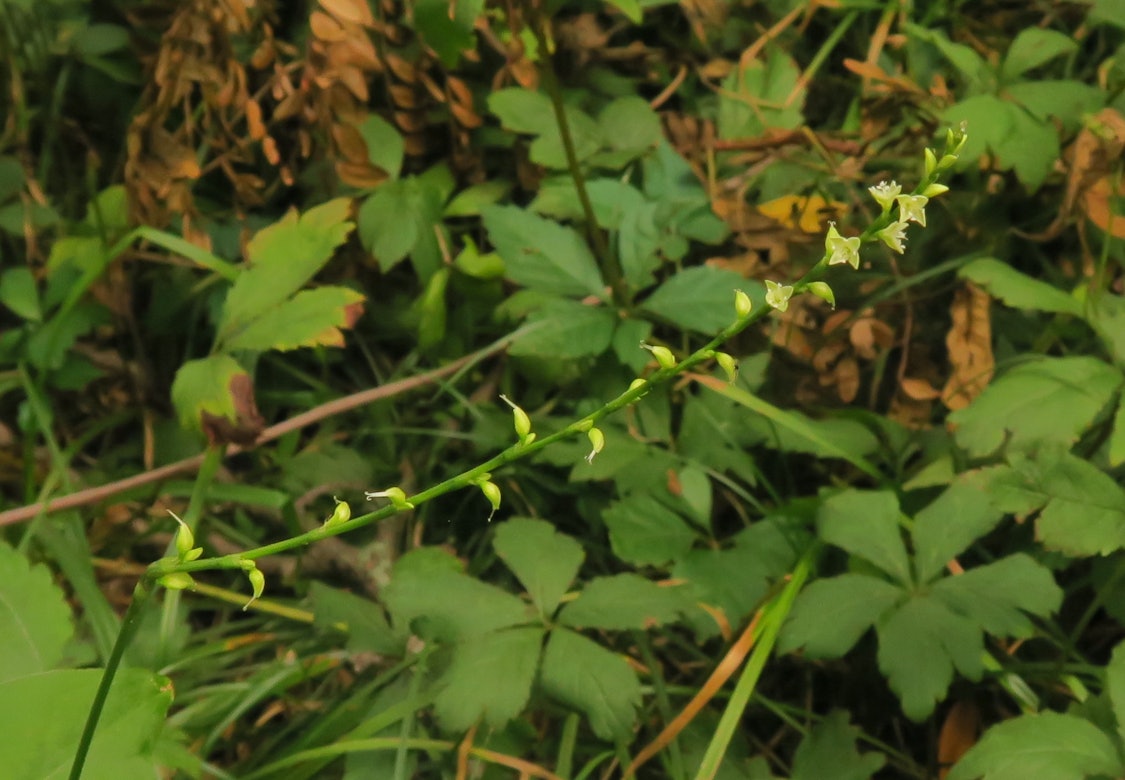
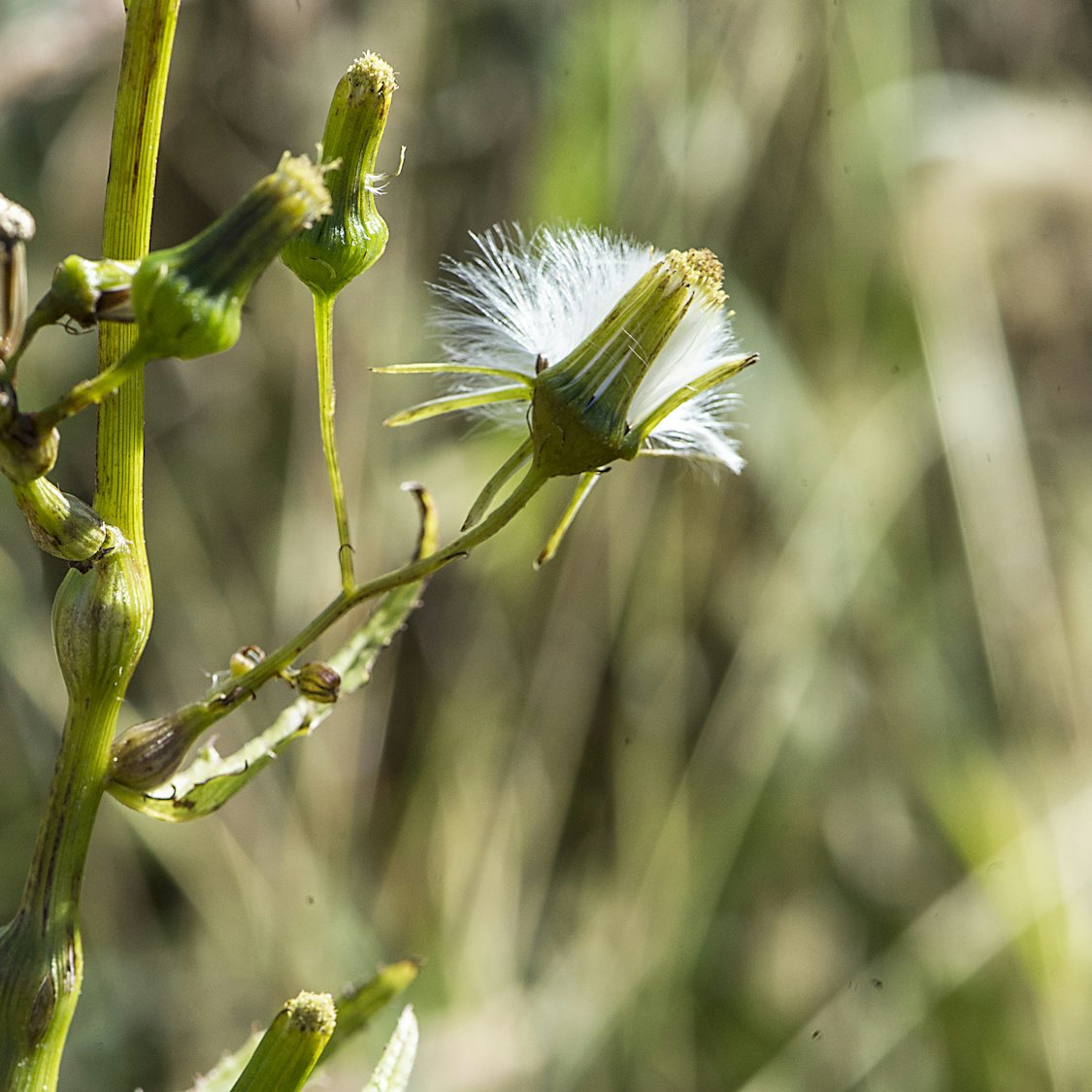

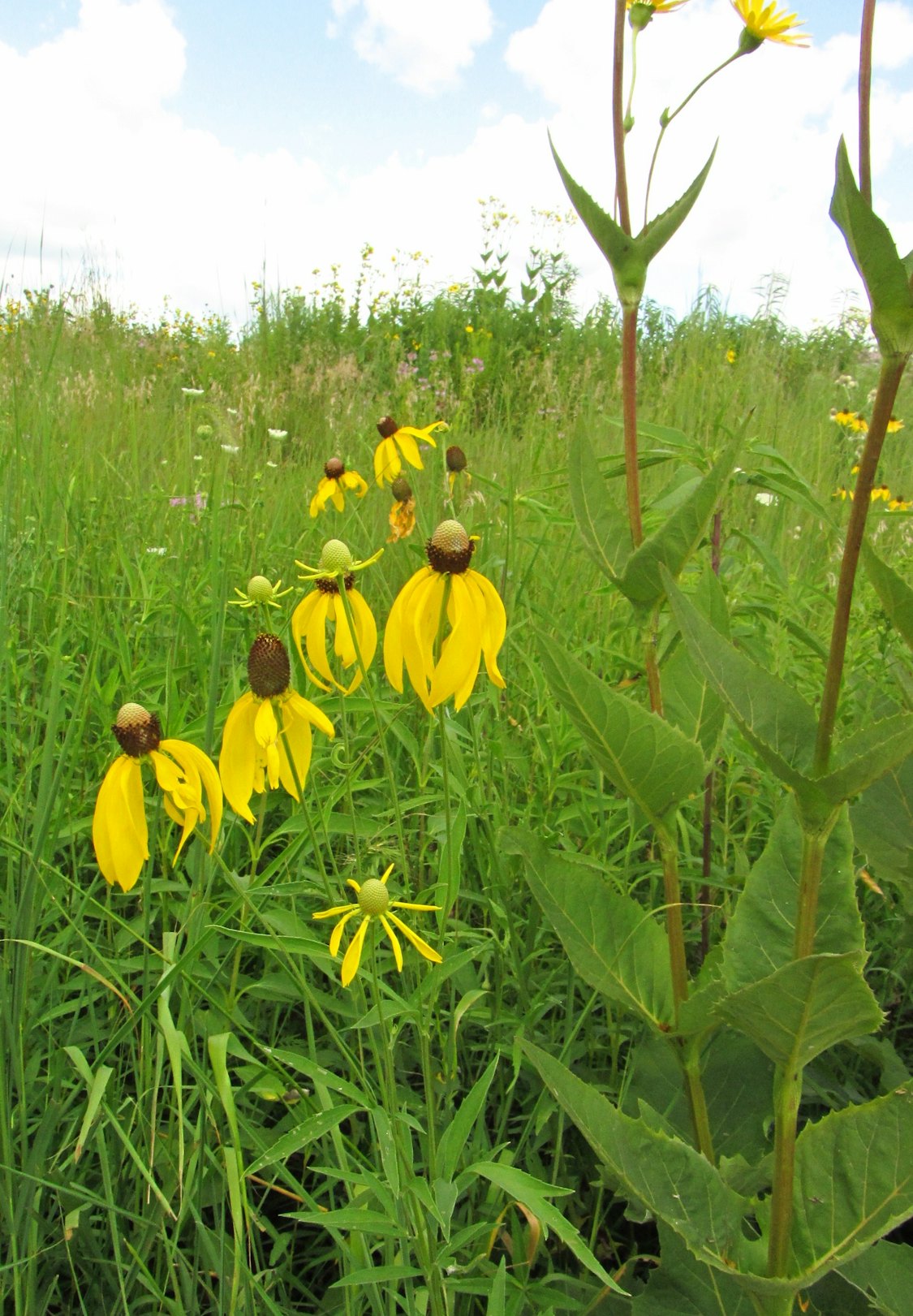
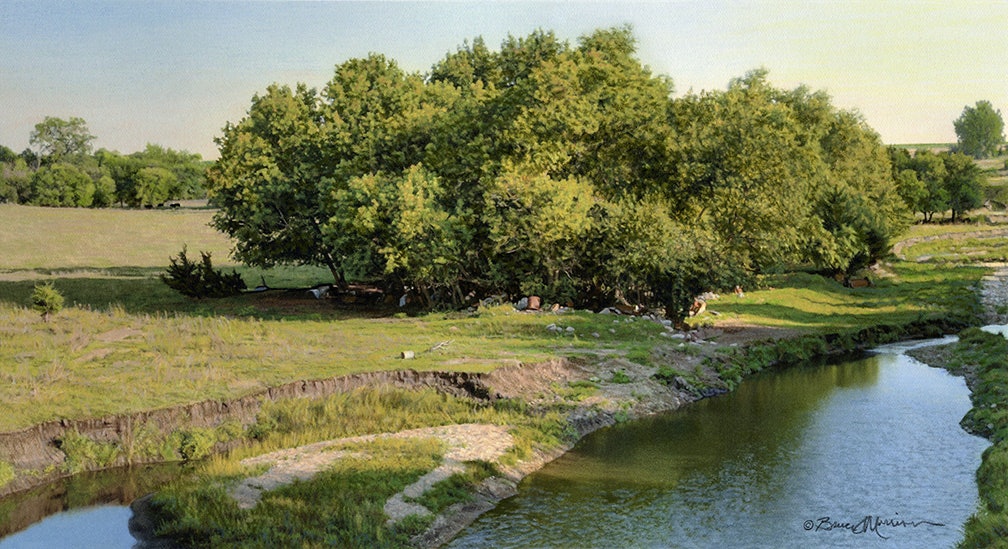
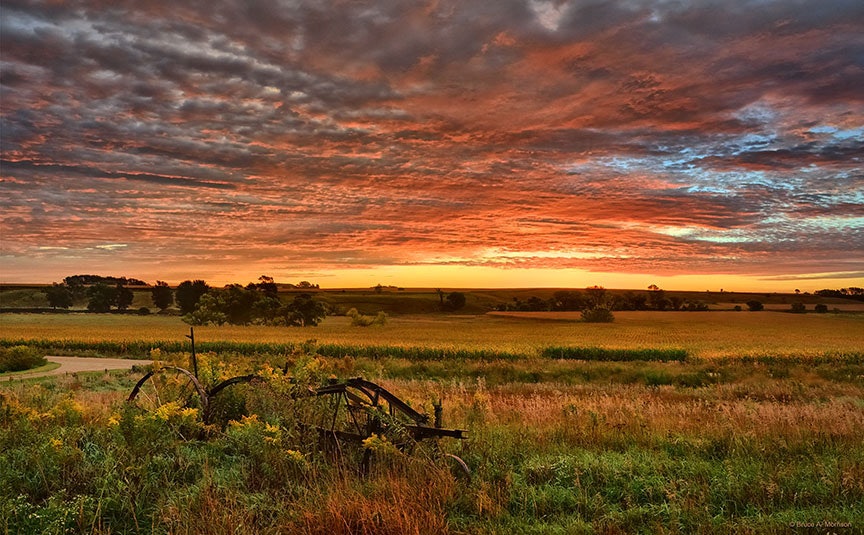
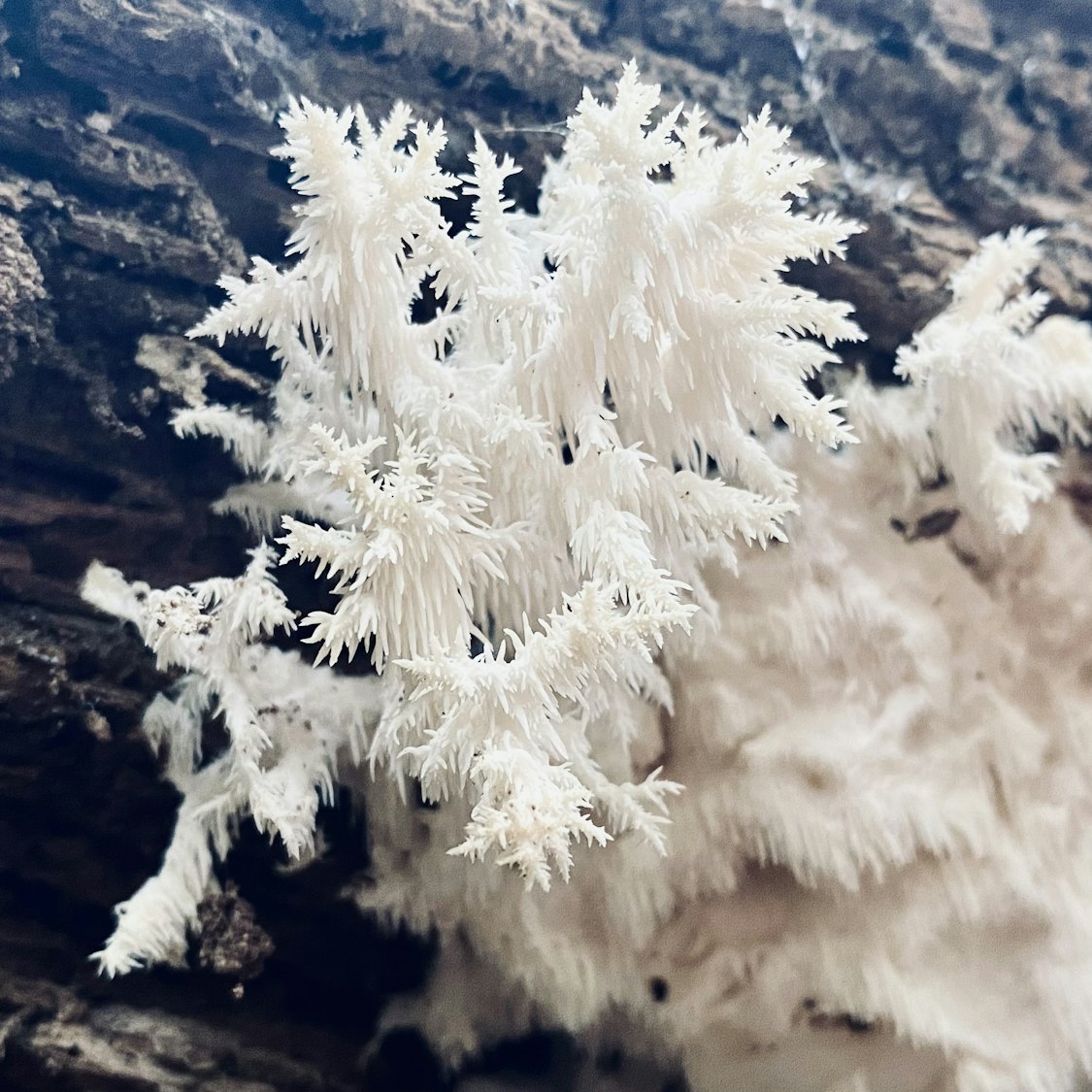
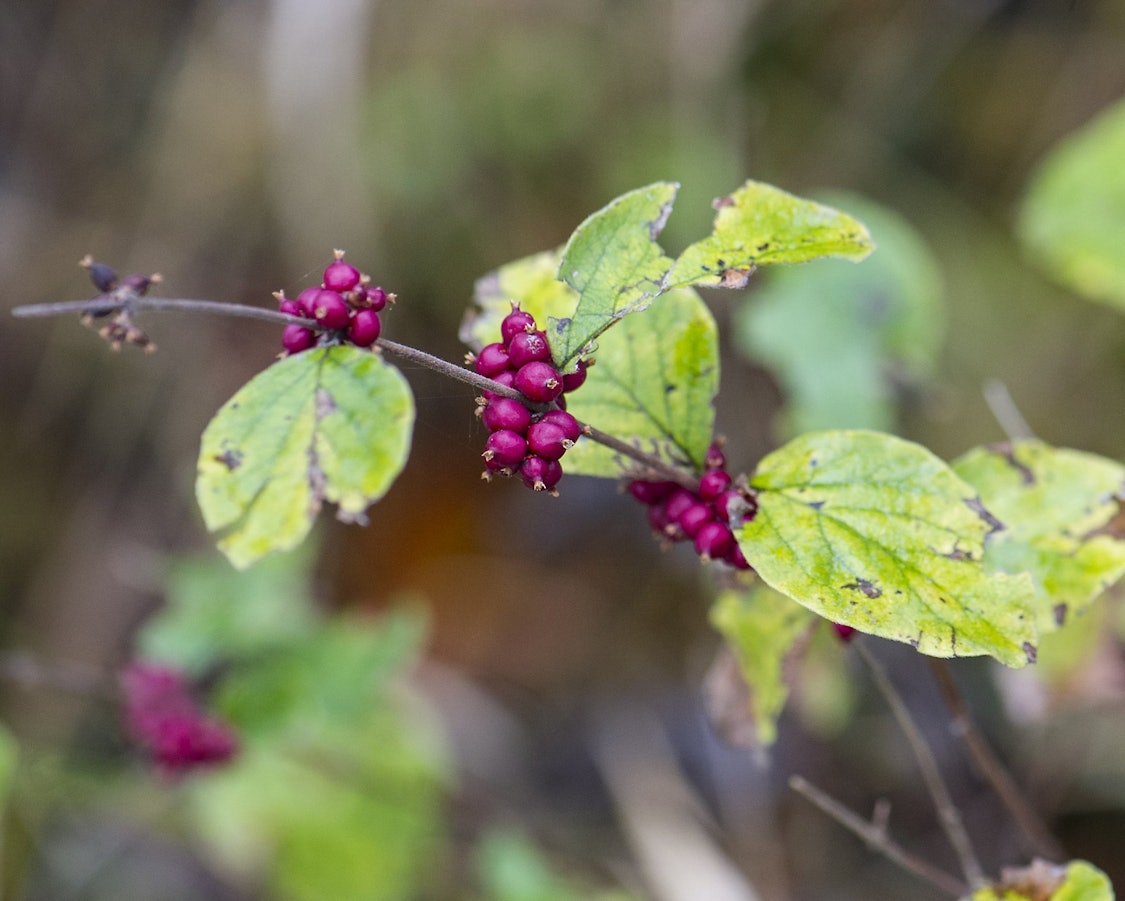
4 Comments
Thank you!!!
I appreciate Wildflower Wednesdays enormously. One of the many reasons is that I don’t want to join Facebook, which means no access to some Iowa nature groups. BLEEDING HEARTLAND is freely available to everyone, and I appreciate that more and more. And the photos on WW are beautiful and informative. Not to mention how nice it was to see the bonus beauty of the Morrison work this fall.
PrairieFan Thu 30 Dec 7:02 PM
thank you for reading
and for your many informative comments here.
Laura Belin Thu 30 Dec 11:14 PM
Thank you as well!
I came across Bleeding Heartland by accident a little over a year ago I believe. It’s a hidden gem in more than one way – a lot of work goes into this and it is truly appreciated. I also appreciated being able to contribute in any small way…artists are always looking for exposure and Bleeding Heartland is a good place! Thank you again for asking me to contribute – Bruce Morrison ( http://prairiepainter.blogspot.com/ )
Prairie Painter Thu 30 Dec 9:47 PM
the pleasure was mine
I’m glad you discovered the site!
Laura Belin Thu 30 Dec 11:14 PM